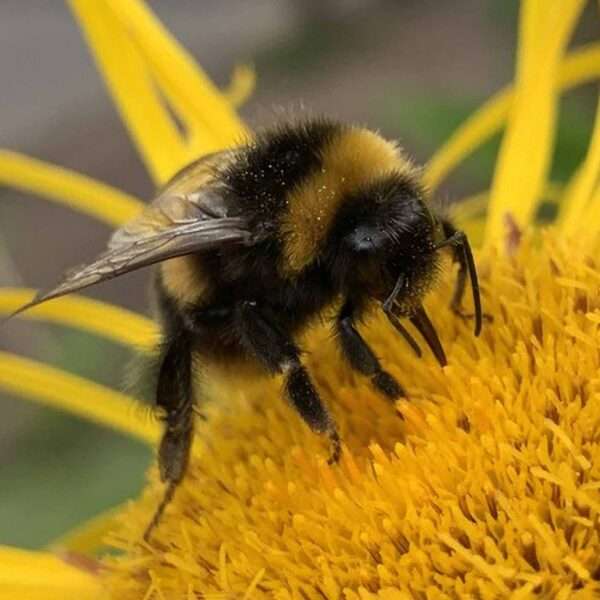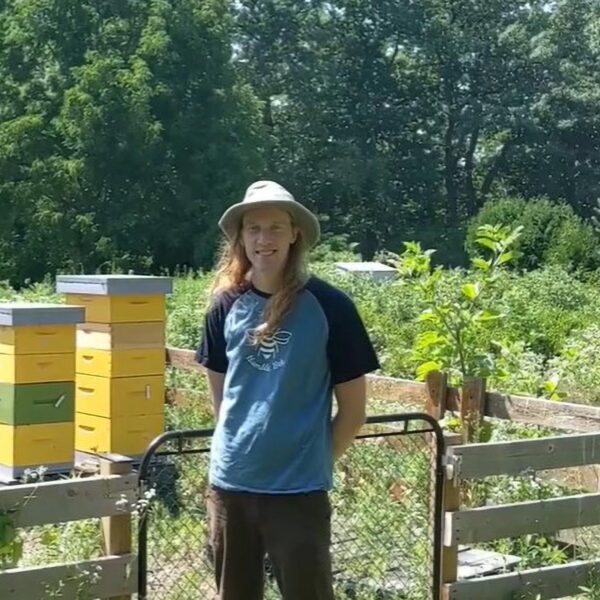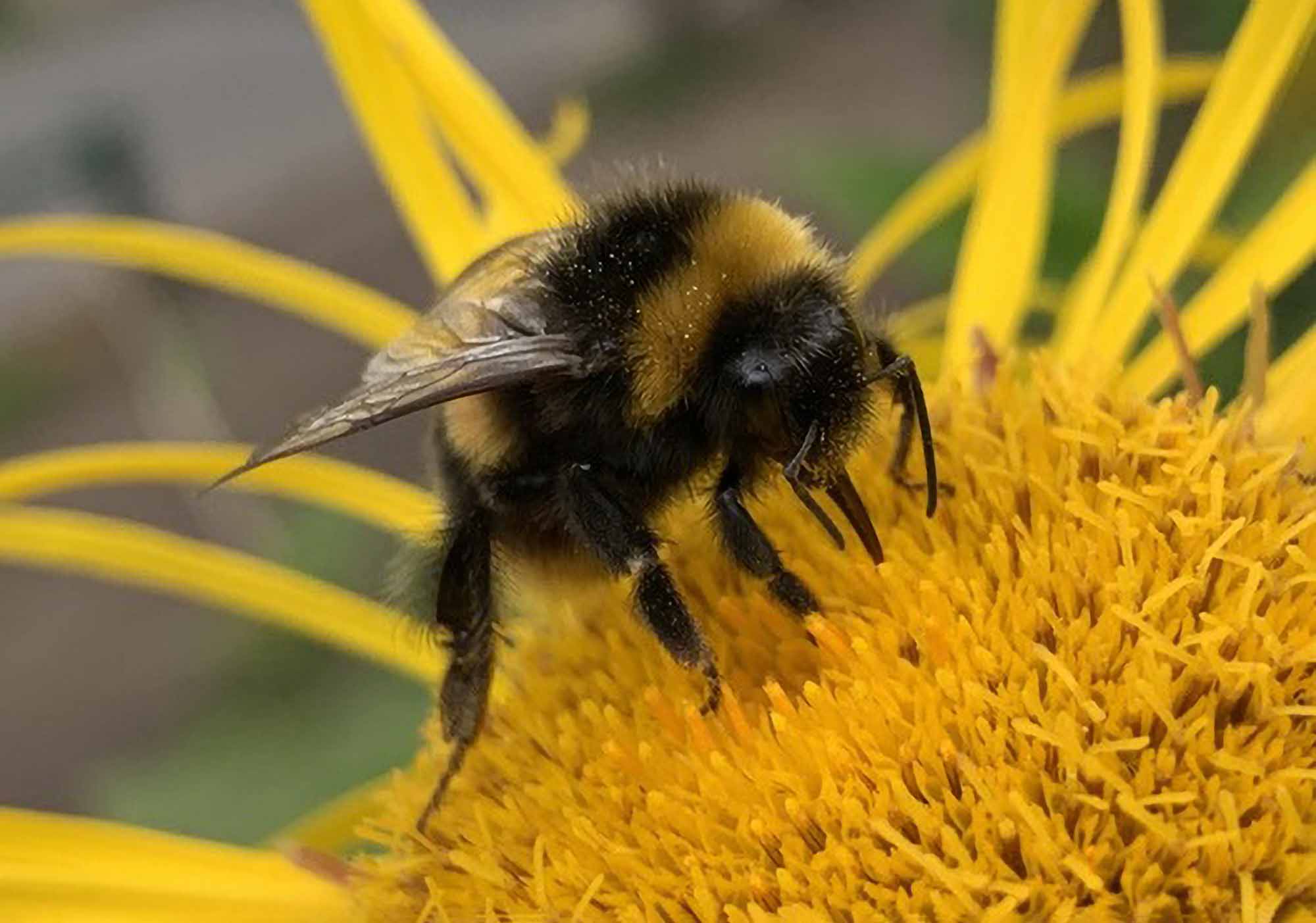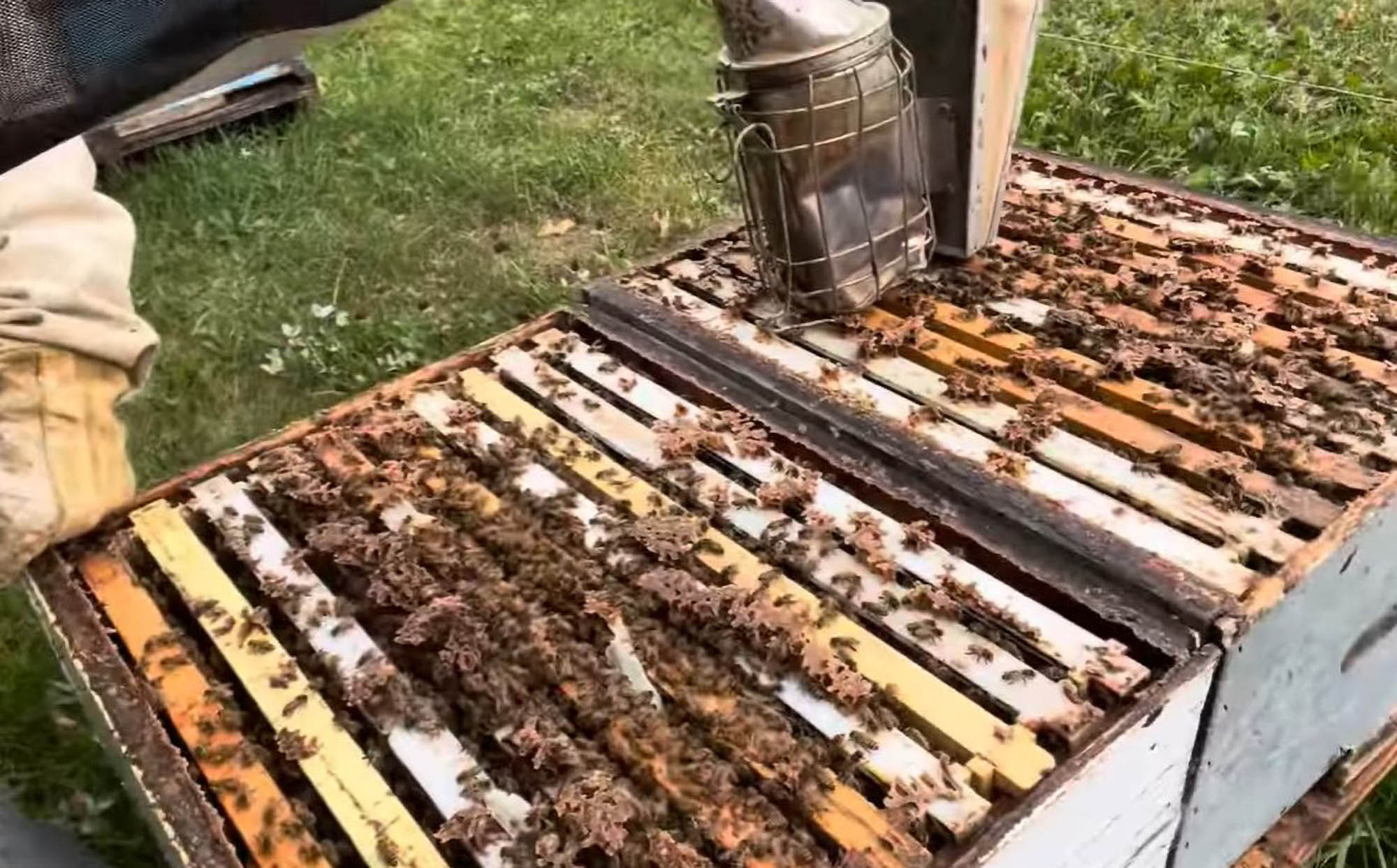A new European directive is “putting a stop” to illicit honey production measures, an Austrian MEP has claimed.
It is currently sufficient that the label of honey on sale in the European Union identifies its origin as a “mixture of honey from EU and non-EU states.”
Alexander Bernhuber has been involved in negotiations regarding a more severe regulation. The conservative politician said he was convinced that consumers would benefit from the new law he and his colleagues at the European Parliament’s environmental board have agreed on.
The People’s Party (ÖVP) member said: “By re-editing the so-called breakfast guideline, we want to ensure full transparency, especially when it comes to honey.”
The changes mean that providers of honey will have to name each country of origin. It is unclear when the law comes into effect.
Bernhuber argued: “Getting rid of honey adulteration matters a lot to me. Consumers must know where their honey comes from.”
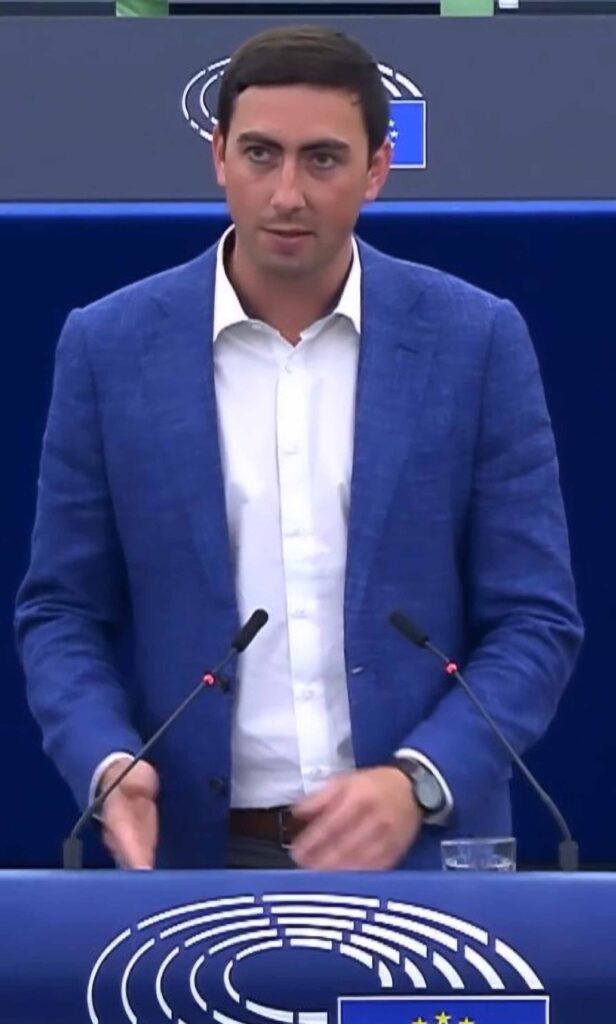
The MEP said another urgent issue was that many providers appear to add substances such as sugar syrup to lower their production costs. Such measures are a breach of current EU food standard rules.
Bernhuber explained: “Around 220,000 tonnes of honey are being produced in the EU each year. Another 175,000 are imported. In an investigation by the European Commission, 147 of 320 samples were diluted. Most of them came from third countries.”
Bernhuber referred to findings by the anti-fraud agency OLAF which hit the headlines last year.
However, Martina Janke from the Institute for Bees in Celle, Germany, vehemently rejected concerns that supermarket shelves were full of illicit honey-sugar mixtures.
She said: “These checks took place at the EU borders before the honey arrived at the importing companies.”
Meanwhile, Bernhuber argued that harsher laws concerning information on foodstuff labels would “enable shoppers to pick healthy and regional products.”
The ÖVP MEP concluded: “We guarantee fair competition circumstances for our beekeepers, put a stop to honey manipulators and protect the environment.”





